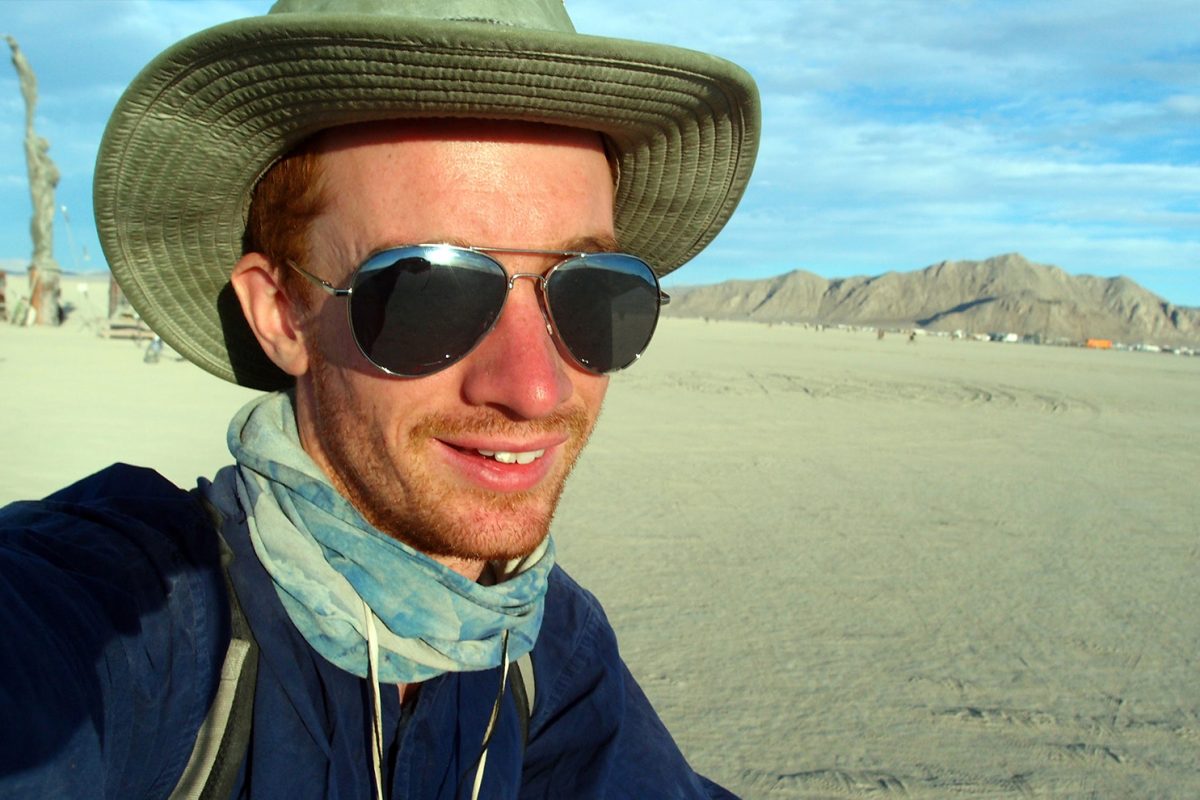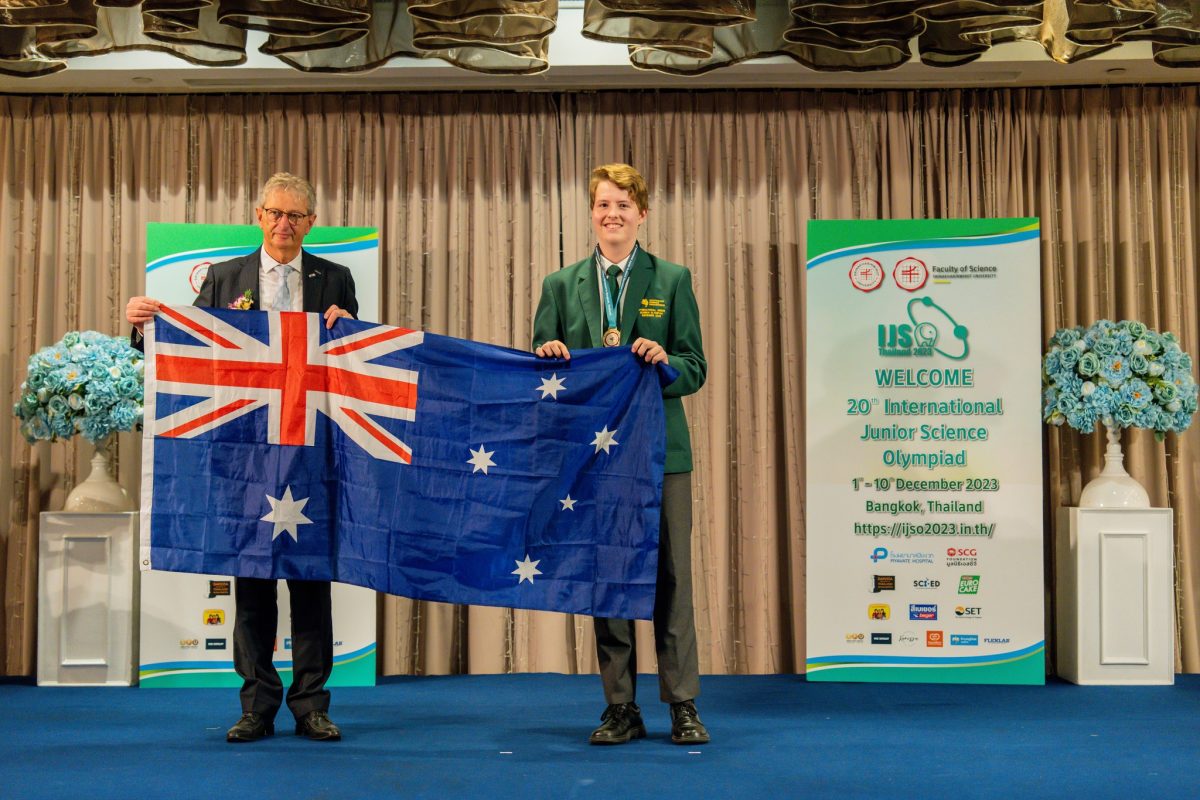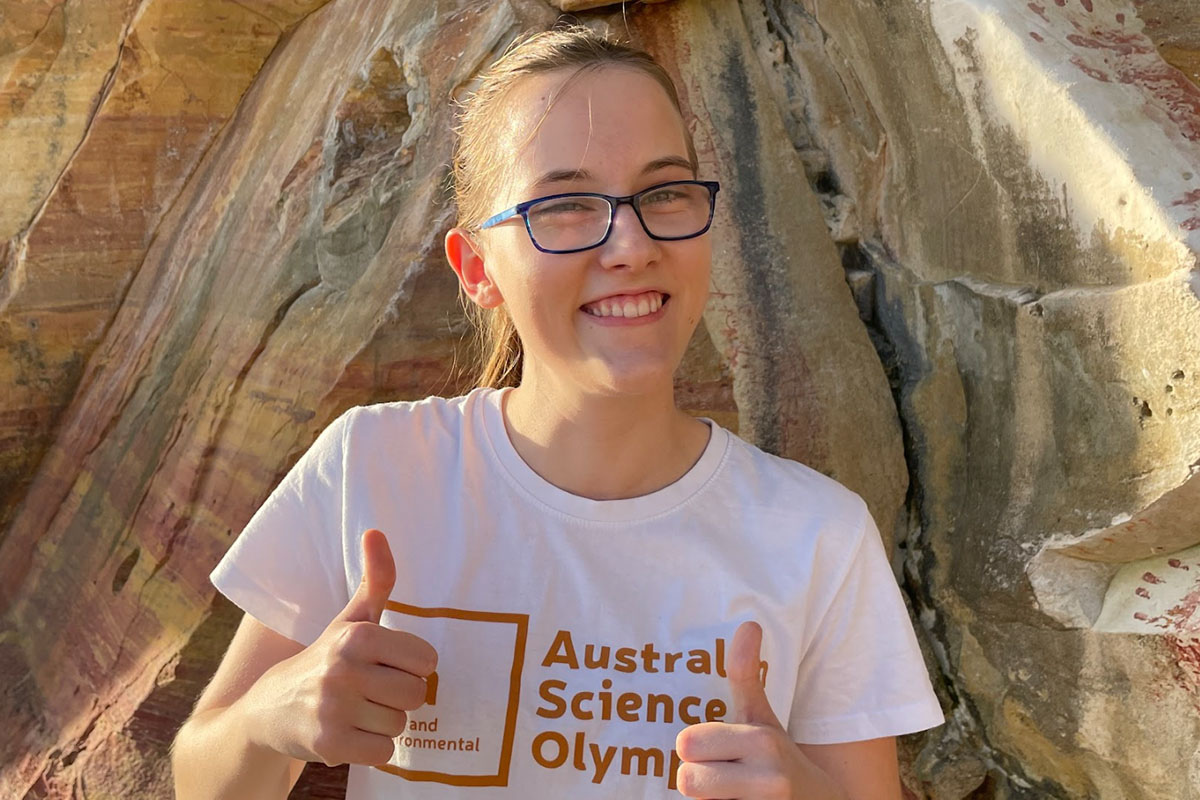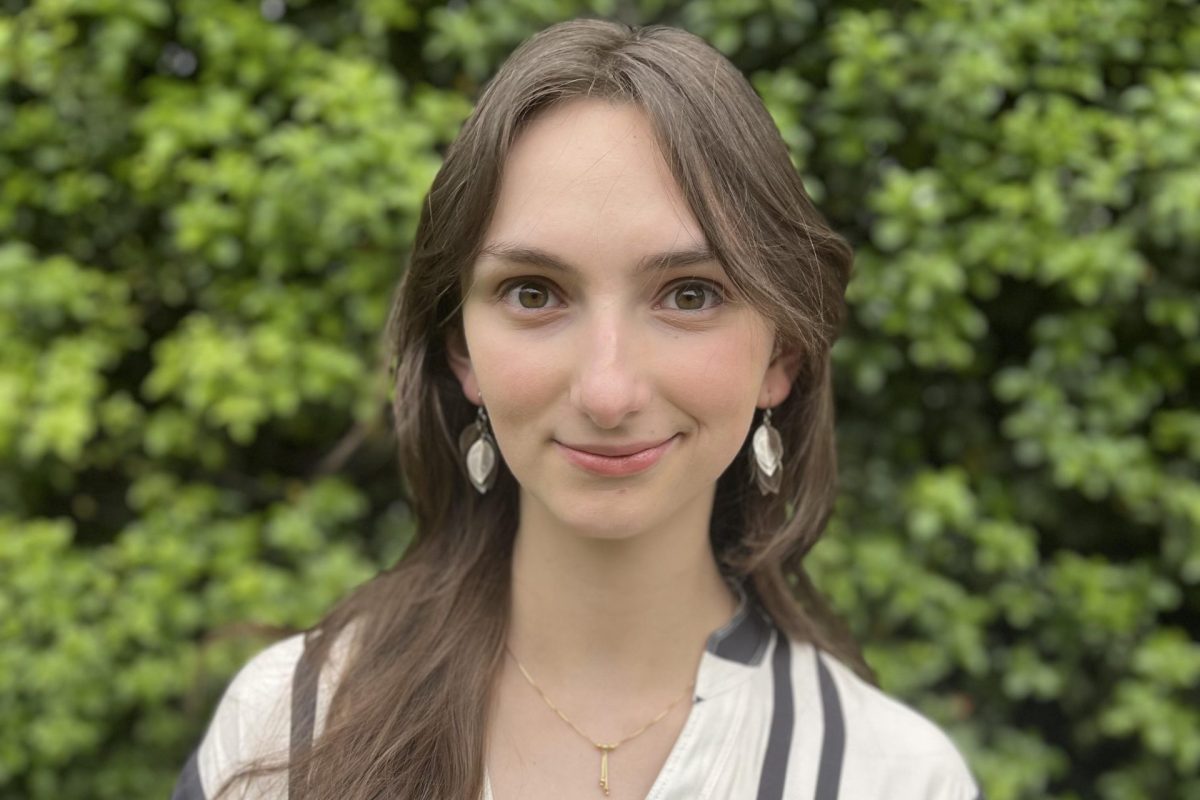Casey Handmer – 2005 IPhO
Dr Casey Handmer grew up in NSW’s rural Central Coast, surrounded by the bush, the sea, and animals.
“I remember learning about Pythagoras’ theorem and my father reading a book called The Mad Scientists’ Club,” he says.
Casey has always been attracted to bold, ambitious projects and seeks the toughest intellectual challenges. For the proud nerd that he is, the Australian Science Olympiads was irresistible, especially since it could lead to international travel and meeting other nerds.
He first qualified for the physics Olympiad training in 2004, but didn’t make the cut for the international team. The following year he regrouped and completed extra study. “About a week before the competition it finally clicked and the team’s faith in me paid off,” he says.
In 2005, he competed at the International Physics Olympiad in Salamanca, Spain, and won a god medal for Australia. “It was more intellectually stimulating than the rest of the year put together, and that was the year I did my HSC,” he says. “It really galvanised my commitment to pursuing a career in academia.”
After high school, Casey went to the University of Sydney to study maths and physics. He also spent a lot of time travelling, including back to some of the places he visited during the Olympiads and a hitchhike across Siberia. “I camped in abandoned ghost cities, walked through intense rain storms, evaded bears, crossed broken bridges, swapped stories with incredibly tough locals, and crossed 1000km in about 10 days,” he says.
He then started graduate school in 2010 studying gravitational waves and decided he wanted to work in the space sector. “It took until 2016 to get a Green Card, at which point it was possible to get hired at NASA, where the journey to develop useful skills continues,” he says.
Today, Casey writes software at NASA’s Jet Propulsion Laboratory. “My background in maths and physics really help me bridge disciplines and solve gnarly problems,” he says. He has also written a few books on how to industrialize space and is doing what he can to help humans live on Mars.
Casey suggests any student thinking about pursuing a career in STEM to form a habit of acquiring skills and knowledge. “The tools of the trade, which are mostly computers, roughly double in capabilities every 18 months – do you?” he says.
He also encourages students sitting the Olympiads qualifying exams to “find some past papers and think about how to solve the problems, maybe skim a textbook or two.”
Casey is very grateful for the opportunities ASI gave him and the adventures it has enabled.



